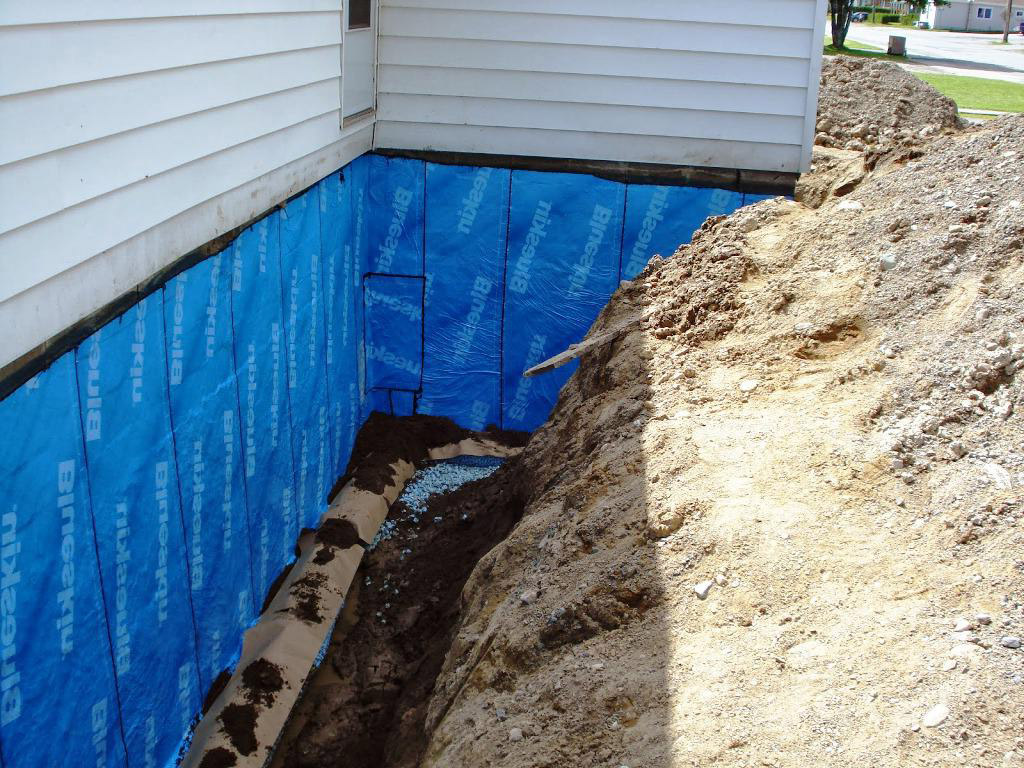The Prospects of Water Resistance Innovations
As look at the coming years, the relevance of waterproofing systems continues to expand, notably in the face of changing climate trends and rising rainfall. Property owners and builders alike are becoming aware of the essential role that adequate waterproofing plays in safeguarding their investments from flooding. It is not just about ensuring spaces dry; it is about preserving the strength of buildings, enhancing energy performance, and fostering overall safety in living and commercial environments.
In this extensive exploration of waterproofing techniques, we will delve into key topics such as the necessity of waterproofing for all home and structure, the monetary benefits of prevention, and common misconceptions that need debunking. Additionally, we will provide insights into interior and exterior waterproofing options, the importance of waterproofing in various areas like cellars, ceilings, and bathrooms, and advice on how to select the most suitable products and service providers. If you are a homeowner tackling DIY projects or a commercial property manager seeking expert help, this manual will equip you with the insights you require to make educated decisions about waterproofing methods.
Essential Waterproofing Techniques
One of the most important techniques in waterproofing is the use of protective barriers. This entails creating a protective layer that stops moisture from penetrating surfaces such as dividers, overheads, and bases. Products such as waterproof membranes and coatings are frequently used in both home and business applications. These barriers are especially vital in areas prone to intense rainfall, ensuring that water does not cause physical damage or promote mold growth.
Another efficient method is the use of drainage systems. Proper drainage channels water away from at-risk areas, mitigating the risks connected with flooding and water build-up. Excavated drains, sump pumps, and gutters are key tools in managing water flow. By carefully placing drainage systems, homeowners can protect basements and foundations, ultimately preserving the integrity of their property.
Lastly, frequent maintenance and inspections play a key role in effective waterproofing. Regularly checking for gaps, gaps, and signs of water damage can help spot issues before they intensify. basement waterproofing saves money on costly repairs but also prolongs the life of waterproofing systems. Staying vigilant and maintaining all waterproofing measures is necessary for any dwelling or building to ensure long-term protection against water damage.
Cost-Benefit Overview of Waterproofing
Putting money into waterproofing provides significant lasting savings, making it a wise choice for property owners and building supervisors alike. By recognizing and tackling potential water issues early, you are likely to evade costly repairs that arise from structural deterioration, mold treatment, or other water-related problems. The investment of putting in place waterproofing measures, whether in the basement, roof, or exterior walls, is trivial compared to the potential financial burden of extensive damage and the related repair costs.
Apart from just repairs, waterproofing further enhance the worth of your property. A well-maintained and waterproofed home is more attractive to prospective buyers and renters, resulting in greater resale or rental prices. Additionally, waterproofing minimizes the likelihood of moisture-related issues that can degrade your property's integrity over time, making sure it remains a stable and attractive investment. This factor is particularly critical in regions that experience heavy rainfall or flooding, where waterproofing becomes even more crucial.
Moreover, waterproofing enhances better energy efficiency within your home or building. Properly waterproofed spaces aid in avoiding drafts, cut down on the workload on heating and cooling systems, and decrease utility bills. This energy efficiency, together with the avoidance of costly repairs, improves the overall value of waterproofing investments. In the end, the benefits of waterproofing extend mere protection against water damage, showcasing its value as a versatile investment for any property owner.
Choosing the Best Waterproofing Solutions
Determining the appropriate waterproofing options for your house or edifice is vital to securing long-term protection against water damage. Start by reviewing the specific needs of your property. Different areas may require different methods; for instance, basements typically call for a blend of interior and exterior waterproofing, while roof areas may benefit more from premium coatings. Factor elements such as climate, construction materials, and the history of moisture problems in your area when choosing the best method.

It is essential to evaluate DIY options against professional services. Though some residents may choose to address smaller waterproofing tasks themselves, larger projects or those that involve expert knowledge could be best managed by contractors. Research the pros and cons of each option, including pricing, effectiveness, and the duration. Engaging a certified waterproofing contractor can guarantee that the job is executed correctly and that you avoid frequent issues that may happen from inadequate work.
Ultimately, value quality over cost when choosing materials. Spending in high-quality waterproofing products can save you considerable money in repairs down the line. Look for coatings and membranes that have proven efficacy in your specific conditions and that come with reliable warranties. Be aware that the right waterproofing option not only protects your home but also increases its value and energy efficiency, making your expenditure worthy.